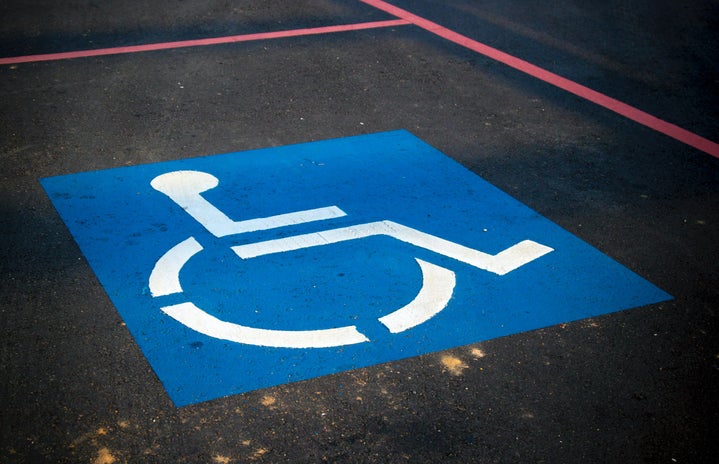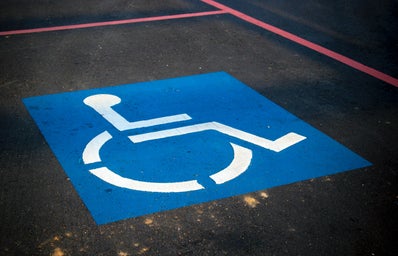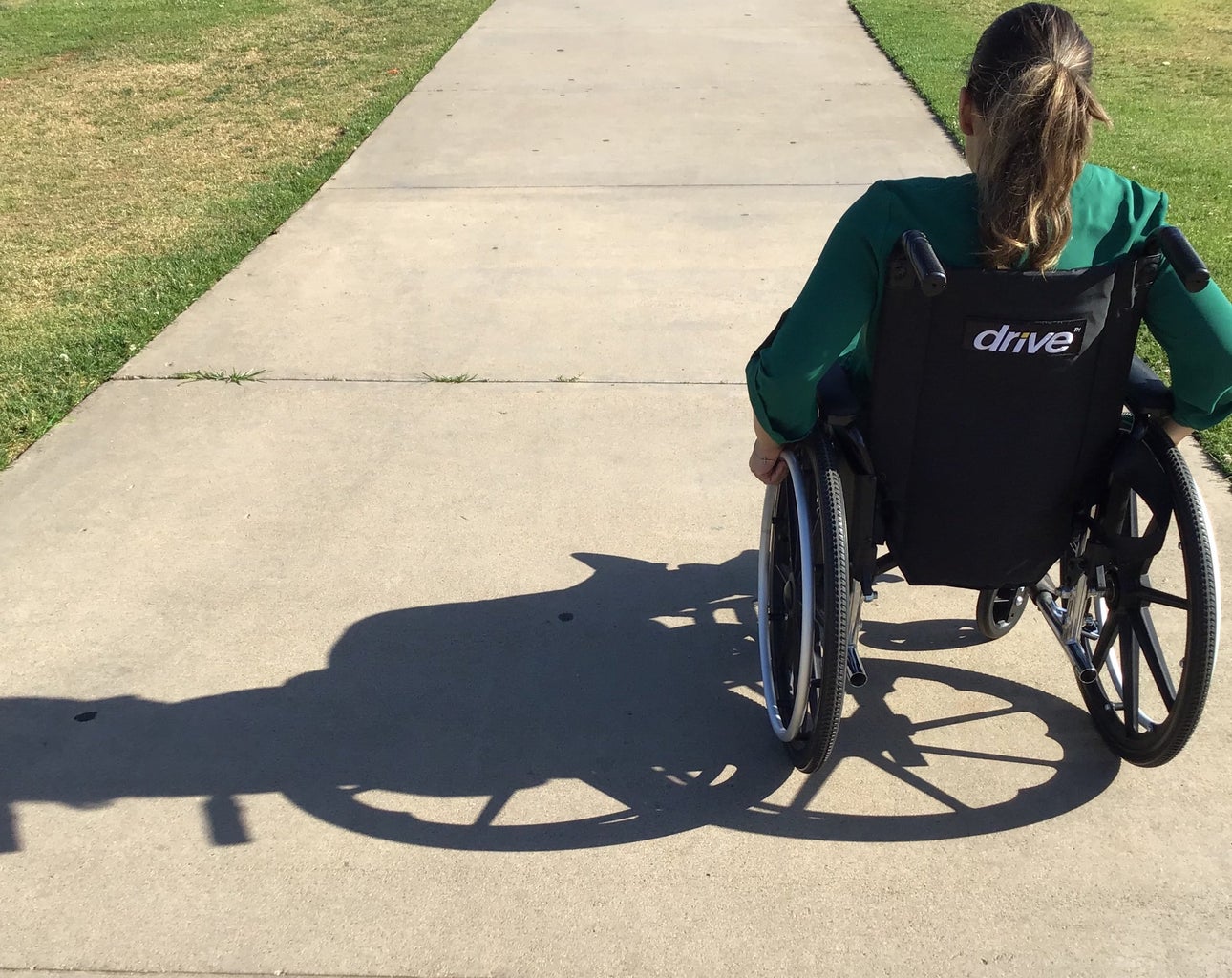Tripping over a rock in the decade-long standing UCSB Labyrinth was, I’ll just go ahead and say it, one of my lower points. I’d like to glaze over the embarrassing narrative that led me astray that evening, and keep the ending concise: I left the labyrinth with a sprained ankle, and with this, the loss of my normal mobility for about a month.
To speak candidly, college is not a hospitable place for the injured body, no less the immobilized body. From having to receive rides for the one-mile walk to campus, to the simple act of showering without being able to stand on my own, the day-to-day activities that I once performed with ease felt daunting, and to some extent, hopeless. Physical injuries have been linked to a decline in mental health, which is to say I certainly had my share of Tobias Fünke shower-cry-sessions while learning how to shower without standing.
Through this initiative period, a sense of unease and frustration surfaced with the inability to complete tasks that I once had taken for granted. Having back-to-back classes that took place on different sides of campus proved impossible to attend on time. I spent a week at home from class, as moving around campus simply felt unobtainable without my typical mobility.
It was not until one of the teaching assistants from my class recommended me to look into UCSB’s Disabled Students Program that I felt a certain reality shock about my case. Despite the temporality of my injury, it was unnerving to hear a stranger perceiving my situation, and immediately labeling me as “disabled”.
Within the field of disability studies, there is a common conception that the public tends to view the disabled body as a representation of their disability, thus stripping away the individuality of a person whose disability does and should not define them. I could not help but feel, walking through a crowded public space on crutches, a difference in the way people who passed me looked at me. Rather than making normal eye-contact with passerbys, it seemed that I was purposefully not being stared at because I was on crutches.
I looked into the program the teaching assistant recommended and found that it would take one week to complete the application process. Although the program serves as a pillar of “equal access” to all students, the length of the application process in itself would mean another week of being unable to receive accommodations for academics. This in itself points to a wider problem, one that has been around for as long as humanity, yet has only been widely acknowledged since the mid-1990’s Disability Rights Movement.
The widespread attitudes towards disability awareness as a social issue, to begin with, are scarce. Despite the fact that 1 in 4 adults in the U.S. live with a disability, the Disability Rights Movement initiated only around 30 years ago. To put that in perspective, this is the same decade that the Spice Girls were releasing their music. Further, the Civil Rights Act of 1964 protected individuals based on their race, origin, or religion, but failed to include disabled individuals in that notion.
As Michael Bérubé writes in his NYU Press essay, the social policies regarding those with disabilities have historically been carried out by people without disabilities. To elucidate on this point, the world around us is inherently constructed for the able-bodied individual, and those who do work to accommodate for disabled individuals do not actually live with a disability themselves. Perhaps only the act of truly living through something can produce a distinct empathy in someone. Building a ramp on a building is one thing, but having to deal with the sore arms that accompany using crutches to get up that ramp is another.
My time living with an injury, and thus, without my mobility, opened up my perspective to the inhospitality of the modern world to those who are not able-bodied, which, as it turns out, is 25% of us. Yet, there remains a discrepancy in that my ability to walk has recovered, whereas some individuals may not have that temporality to their disability. There is a widespread problem regarding the perceptions of disability in modern society, and the accessibility to a type of care that preserves the individuality amongst all humans, regardless of if you are living with a disability or not.
Eva Kittay’s essay brings up the notion that in most dominant theories of justice, dignity is coupled with the capacity for autonomy. However, Kittay notes that when the disabled individual is in need of assistance in order to ascribe to this autonomous independence, they are viewed as dependent on others, or incapable of independence. Her essay goes on to deconstruct a line of care ethics towards disabled individuals that does not strip them of their independence, but rather bolsters it with the incorporation of the assistance needed to achieve this.
Although this is one small solution, the need for widespread reform to educate individuals about the marginalization and harmful perceptions of the disabled body is more than necessary to make up for centuries of lost time. The study of disability rights was unbeknownst to me until a few years ago, as I am sure it is for the majority of readers. It was not until I had to live through a temporary disability that I was shifted into a position of vulnerability that forced me to understand the difficulties posed by the modern world to those living with permanent disabilities. I hope that others do not have to live through an injury to become sensitized and empathize to such issues as I did.
As a last note, I do urge you to take caution when walking the UCSB labyrinth, and please, be careful running on it (I know from experience).



